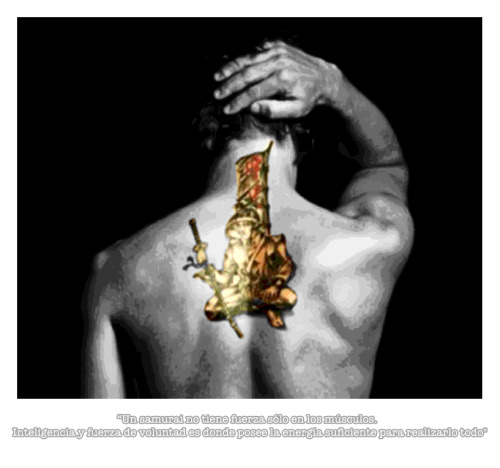Pierce89 wrote:cossie wrote:xpensive wrote:Fact is you have 38 cc per second to deal with, end of story. What Cosworth can do with that is doubtful, but BMW or toyota?
Cossie were pretty much bullet priif when they ran the 2.65 in CART and Champ car, one of the best engines ever built, if i were the other's i'd be worried about Cosworth 2014 due to the success of thier past turbos
The champ car turbo engines ran extremely low boost( 0.4 bar or 5.9 psi)as the spec motor. Even worse, during Champ Car's multiple engine builder era, the rules limited them to like 0.15 bar or 2 psi. So, even though they were turbo motors I'd say they were virtually irrelevant in F1 , but it did give them experience revving a turbo motor over 16k rpm.
Honda, Toyota, , Merc, and Cosworth were cranking out aboyt 900 to 1000 Bhp, with penski having merc build him the "stock block " turbo enginethat wa well over 1000bhp
Mercedes-Benz 500I
The Penske PC-23 at the 1994 Indianapolis 500
Much to the surprise of competitors, media, and fans, Marlboro Team Penske arrived at the Indianapolis Motor Speedway with a brand new, secretly-built 209 cid Mercedes-Benz pushrod engine, which was capable of a reported 1000 horsepower.[10] Despite reliability issues with the engine[10] and handling difficulties with the chassis,[11] the three-car Penske team (Unser, Emerson Fittipaldi and Paul Tracy) dominated most of the month, and nearly the entire race. This engine used a provision in the rules intended for stock block pushrod engines such as the V-6 Buick engines that allowed an extra 650 cm³ and 10 inches (4.9 psi/33.8 kPa) of boost. This extra power (at least 900 horsepower, and rumored to be in excess of 1000 hp, which was up a 150-200 hp advantage over the conventional V-8s.[11])





